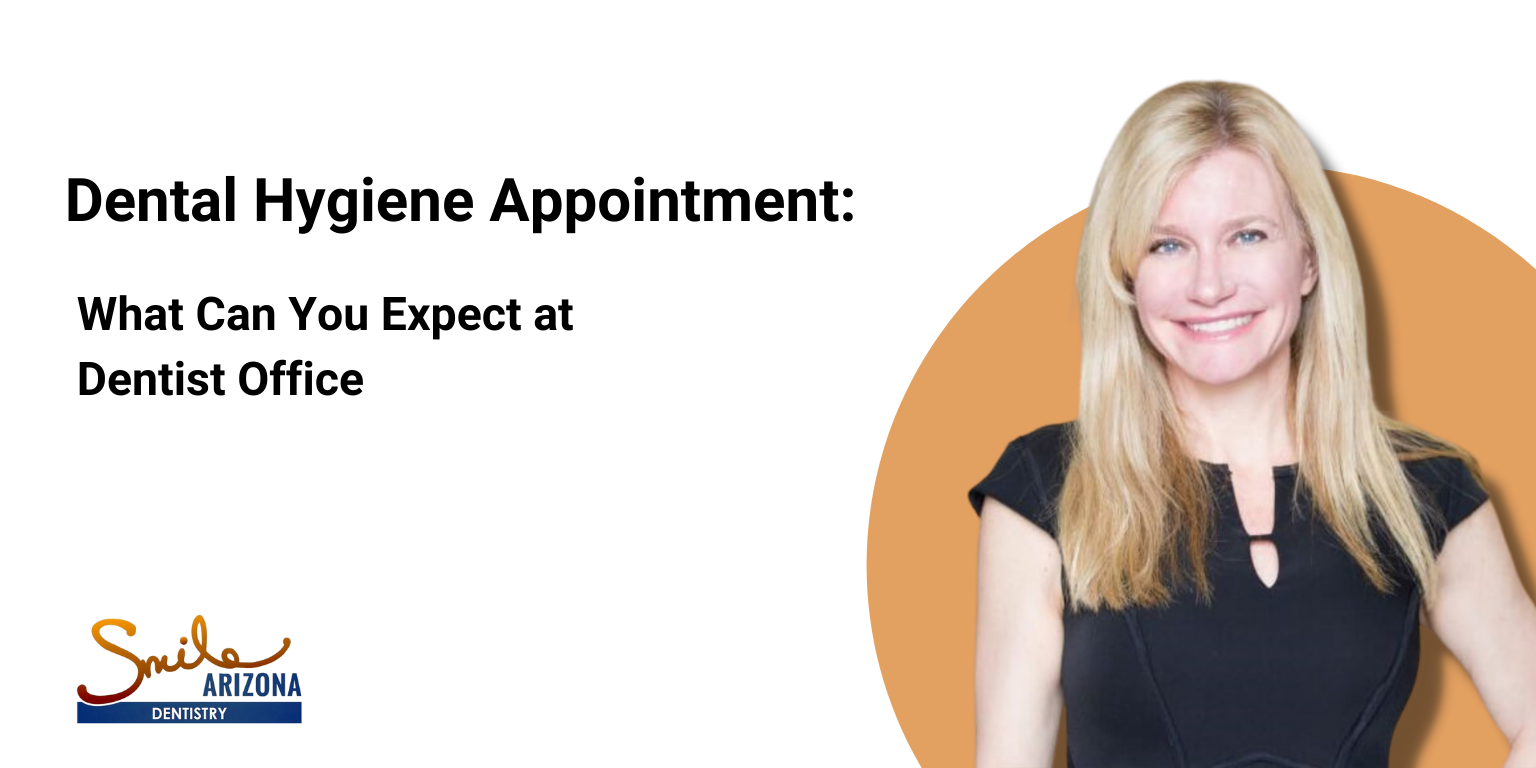


Good oral health translates to good health. Dental problems, such as cavities or gum disease, can impair your ability to eat and speak while causing pain and bad breath. Many people may not realize that poor dental health can have a profound, negative effect on the rest of your body, including your heart, diabetes, pregnancy, and chronic inflammation.
Dental hygienists work with your dentist to give proper and preventative oral care, clean patients' teeth, and examine them for signs of damage and disease. Dental hygienists additionally teach patients about the importance of maintaining good dental hygiene. Visiting your dental hygienist is an integral part of maintaining good oral health.
Usually, the first appointment is a screening appointment where your hygienist will look at your medical history to guarantee proper and safe care. They may inquire about your current medical conditions or any prescribed medications that you are taking that could affect the care you receive. They may also ask about your personal and social history, which includes any history of smoking or alcohol consumption, that can affect your oral health and hygiene routine, and any other concerns you may have related to your teeth.
The dental hygienist may:
Before the actual cleaning process begins, your dental hygienist will examine your entire mouth. The dental hygienist will use a small mirror to check around your teeth and gums for any indications of gingivitis (inflamed gums) or other related concerns. If they identify and detect severe problems, the dental hygienist will consult with your dentist to determine next steps.
Next, the dental hygienist will use a scaler to remove plaque and tartar around your gum line and in the middle of your teeth. The more the tartar in your mouth, the more will be the time taken to scrape a specific spot. Brushing and flossing prevent plaque from building up and solidifying into tartar. If you have tartar, you can have it removed at your dentist's office. However, with regular brushing and flossing, you can easily prevent tartar buildup.
After the dental hygienist gets rid of all the tartar from your teeth, they will clean it further with an electric brush. While this process makes an unusual grinding noise, it's useful in getting rid of the any remaining tartar.
During professional cleanings, the hygienists use a toothpaste that smells like your regular toothpaste but has a grittier texture and consistency. It is recommended that you have this polishing done at least twice a year.
Flossing or brushing your teeth regularly and consistently can never compare with what expert flossing can do. It is because a dental hygienist does a thorough and deep cleaning, detecting your trouble spots where you might bleed at your gums, which ultimately helps you have healthier and brighter looking teeth.
The next step is to wash your mouth to get rid of any debris. Usually, your dental hygienist will give you a proper rinse that contains fluid fluoride.
The last step in the teeth cleaning process is a fluoride treatment. Often, patients can choose what flavor fluoride gel they would like. This foamy gel is then placed inside a mouthpiece (that fits over your teeth), which the patient is expected to wear for a minute or so. This treatment is meant to protect your teeth to help battle against cavities. Apart from the frothy gel, a fluoride varnish is applied to your teeth, which hardens once it comes in contact with saliva, after which you can eat or drink anything.
Generally, the whole process of cleaning is quite comfortable for the patients. However, there are a few factors which might make the procedure a bit difficult:
Regardless of all these factors, a patient can always communicate any problems to the hygienist. Your hygienist would either recommend a break to try using different methods to lessen the pain of the patient.
The whole process of teeth cleaning could be uncomfortable for some patients. The key is to regularly brush your teeth and floss to avoid problems. Also, it is critical to visit your dentist for a regular dental cleaning at least every six months.
We advise you to visit us for your examination! Call us today for an appointment at 480-994-5225 or visit us at Smile Arizona Dentistry.
Share Your Valuable Thought
Your email address will not be published. Required fields are marked *